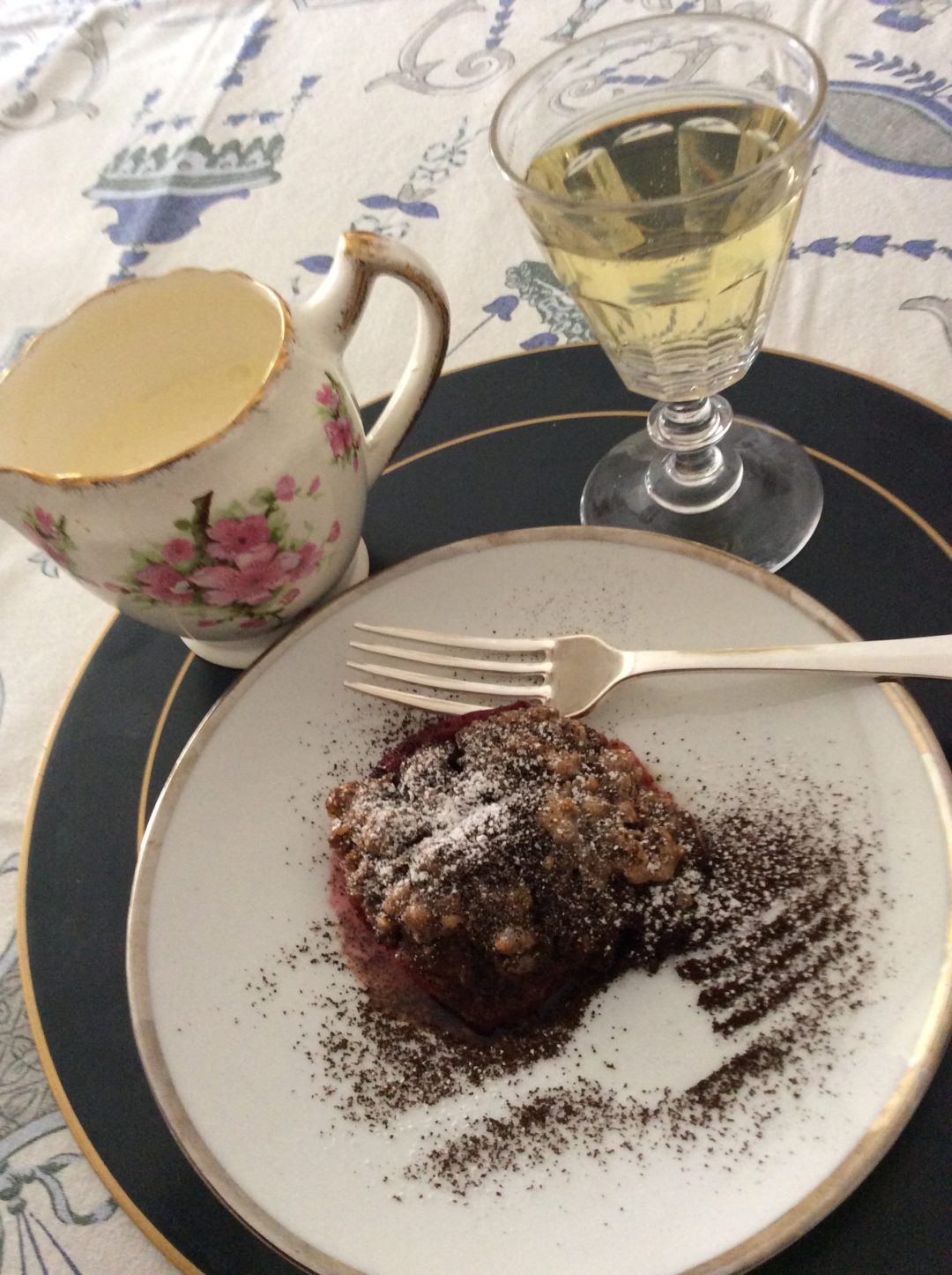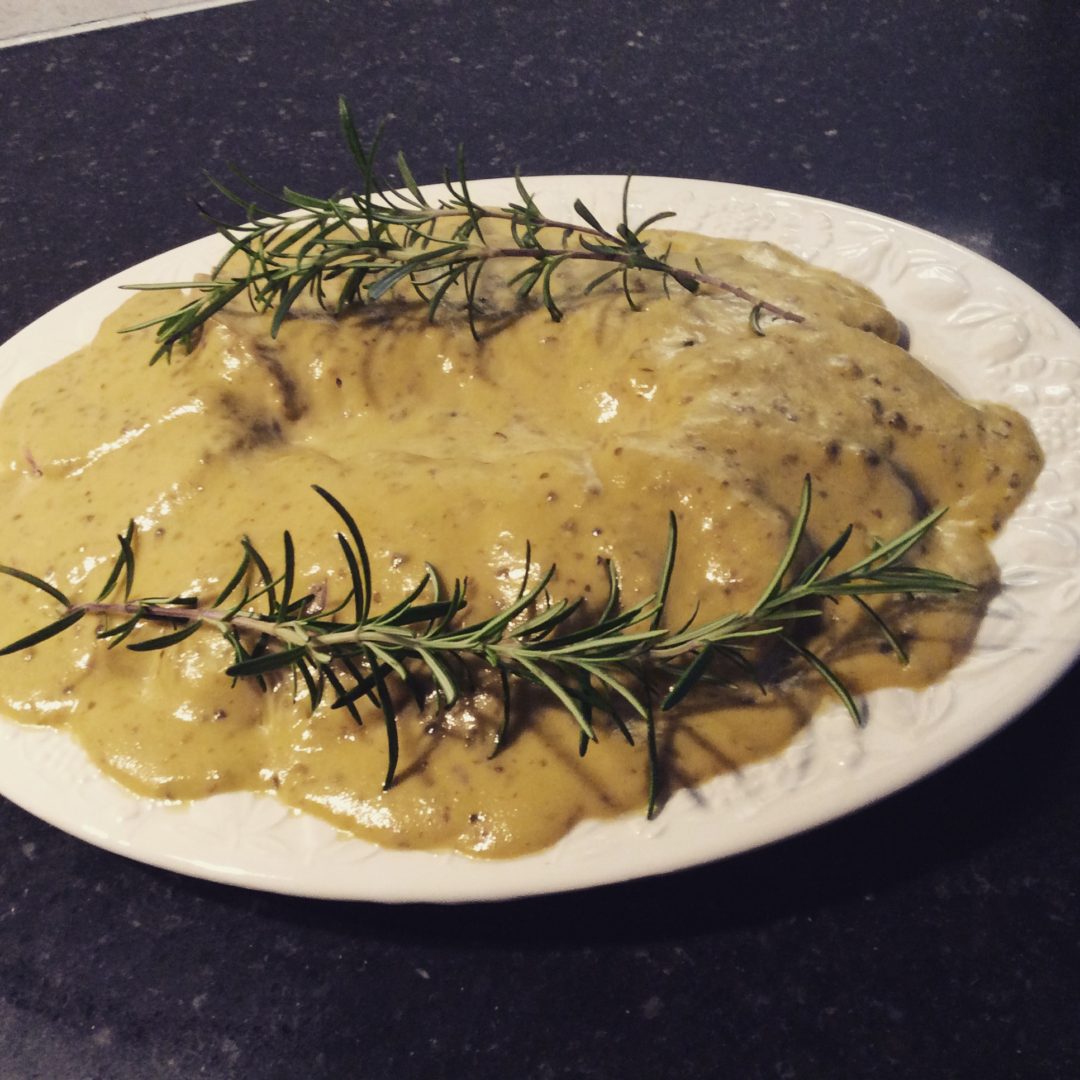My recent trip to Turin for the 2017 Turin Epicurean Conference included an amazing evening at www.quibitorino.it which is a space in Turin under the guidance of the lovely Margherita Frari. The vision for this place is as a restaurant, meeting place and exhibition space, all to encourage the integration of the increasingly multicultural city of Turin. It also serves as a food collection point for customers of local producers rather in the way that www.foodassembly.com does.
During our evening there we were fortunate to be under the expert tuition of Margerita and also Marco Giachello, one of Piedmont’s most well known and charismatic chefs. He works to conserve Piedmont dishes, products and methods and actively seeks to promote those things beyond Piedmont, so that we non-Piedmontese can learn how to create their wonderful dishes in our own homes. Sometimes it’s difficult to do that as the Piedmontese have the advantage of fabulous ingredients, produced relatively locally and in some cases, very locally!
I will probably post about everything we created that evening but am starting (perversely) with the pudding, given that peaches are in season right now. Do please try to buy Italian peaches for this as it does make a difference to the flavour, although Spanish ones can be flavoursome too. It will make life much easier for you if you can get freestone peaches; I have to admit that the first time I made this when I came back to the UK, I had made the mistake of unwittingly buying clingstone peaches. It was only with the help of a very sharp, very narrow knife that this didn’t end up as peach purée, so do check.
This is an easy summer dessert that can be served warm or at room temperature but don’t serve it chilled; it will kill the flavours stone dead. Roero, by the way, is an area of Piedmont to the south of Turin and famous for fruit (especially peaches, pears and strawberries) not to mention some wonderful wine.
I’ve given the option of using either cocoa or coffee as I am not that keen on chocolate, but the original recipe uses cocoa. Ditto with the choice of rum or brandy; I dislike rum so tend to use brandy but again, the original, as I was taught, was with rum.
Amaretti Stuffed Peaches
Print RecipeIngredients
- 4 fresh freestone peaches (it is helpful if they are still quite firm but not unripe)
- 200g amaretti biscuits (preferably not the soft ones but they will do if it’s all you have)
- 1 egg yolk, beaten well
- 2 tsp caster sugar (optional - I tend not to use it as I find the biscuits sweet enough)
- 3 tbsp rum or brandy
- cocoa powder or very finely ground (espresso grind) coffee
- icing sugar
- butter
- extra caster or Demerara sugar
Instructions
Set the oven to 180 deg C
Line a baking tray with baking parchment (not essential - just helps with the washing up!)
Slit the peaches through their “seams” with a sharp knife and twist to separate the two parts
(This is where you discover if you really have bought freestone peaches
If you haven’t, take a long, thin and very sharp knife - a fish filleting knife is ideal - and gradually work it around behind the pitt until the two parts of the peach come apart
This won’t be as elegant a dish as it could be but the flavour will still be wonderful)
Slightly enlarge the cavities using a teaspoon; ensure you leave plenty of peach intact ; reserve the extracted flesh
Put the peach halves on the baking tray and turn your attention to the filling
Bash up the amaretti biscuits until they are crumbs (I put them in a bowl and thump away with the end of my rolling pin)
I like a mixture of crumb size but nothing bigger than about 2 ml in diameter
Add the peach flesh and mix well
Add the caster sugar, if you want to use it and mix well
Add 2 - 3 tsp cocoa powder or coffee and again, mix well
Add a couple of tablespoons of your chosen spirit, adding a little more if the mixture is too dry
Add as much beaten egg as will achieve a firm mixture
Taste and add more of whatever you think is lacking but try to avoid the mixture becoming sloppy
Fill the peach cavities with the mixture, heaping it up well; I like to cover the entire peach
Add a few flecks of butter over the top and sprinkle with Demerara sugar; this will create a slightly crackly top to the finished dish
Bake for about 25 minutes until they are bubbling and smelling wonderful
Leave to become warm or room temperature (but please don’t serve them from the fridge)
I like to then sprinkle them with a mixture of cocoa or coffee and icing sugar
Notes
They are wonderful if served warm with a scoop of good ice cream to match either the cocoa or coffee, or vanilla Good also with creme frâiche but I tend to find double cream a bit too rich



